Home>Home Maintenance>Who Pays For Mold Inspection: Buyer Or Seller?
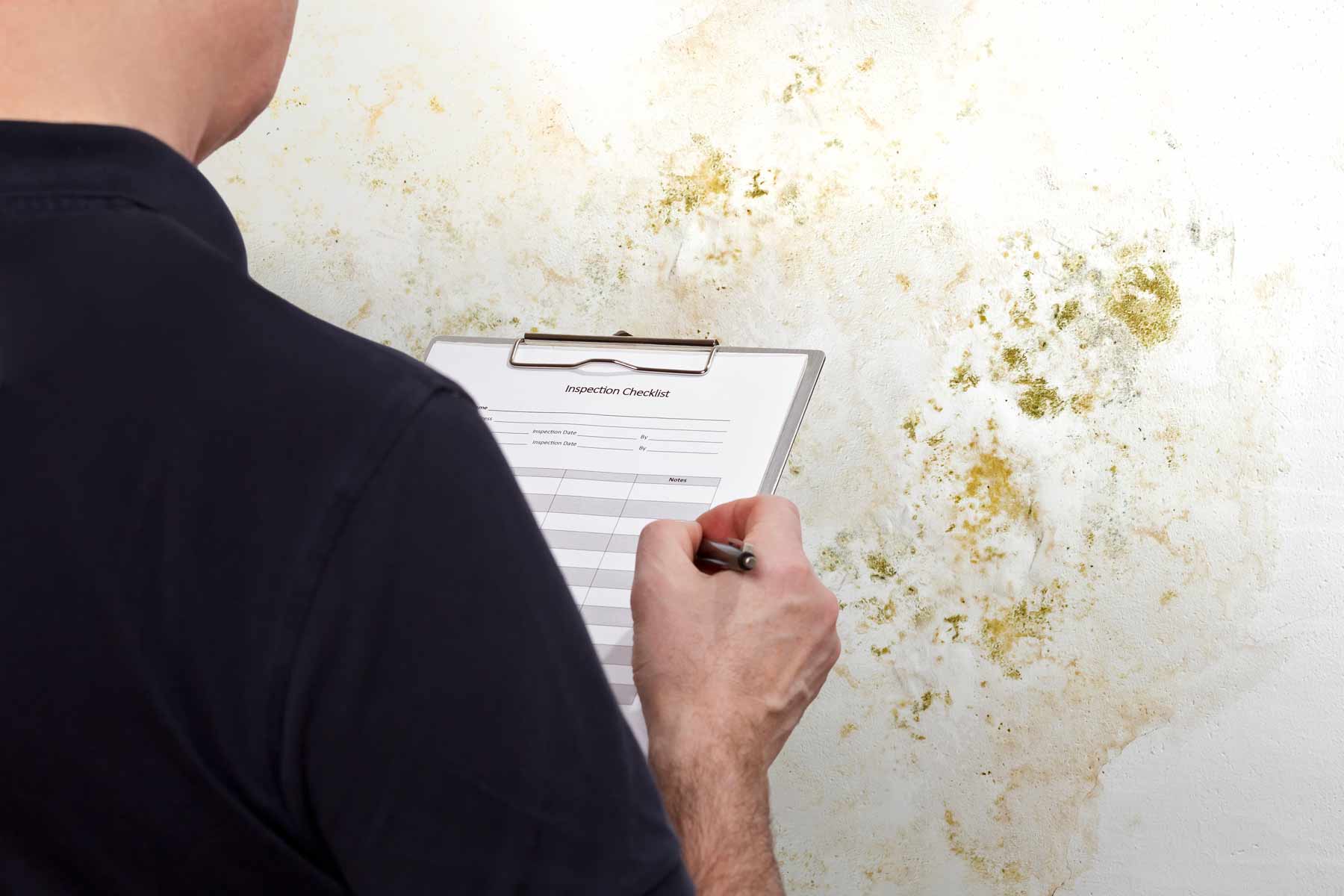

Home Maintenance
Who Pays For Mold Inspection: Buyer Or Seller?
Modified: March 6, 2024
Find out who is responsible for paying for mold inspections during the home buying process. Learn about the buyer and seller's roles in home maintenance.
(Many of the links in this article redirect to a specific reviewed product. Your purchase of these products through affiliate links helps to generate commission for Storables.com, at no extra cost. Learn more)
Introduction
Welcome to the world of home maintenance! Owning a home comes with a myriad of responsibilities, and one crucial aspect is mold inspection. When it comes to assessing the presence of mold in a property, the question often arises: who pays for the mold inspection, the buyer or the seller?
Understanding the ins and outs of mold inspection can help both buyers and sellers navigate this issue with clarity and accountability. In this article, we will delve into the responsibilities of both parties, explore the negotiation of mold inspection costs, and discuss common scenarios where the question of payment arises.
So, let’s embark on this informative journey and unravel the mystery of who pays for mold inspection in a home transaction!
Key Takeaways:
- Mold inspection is the buyer’s responsibility, but sellers must disclose any known mold issues. Negotiating inspection costs is common, with buyers typically paying, but sellers may cover the cost in certain scenarios.
- Open communication and negotiation are crucial in determining who pays for mold inspection. Buyers usually cover the cost, but sellers may contribute or cover it in specific situations.
Understanding Mold Inspection
Mold inspection is a crucial step in the home-buying process, as it helps determine if a property has a mold issue. Mold is a type of fungus that thrives in areas with high humidity or moisture, and prolonged exposure to mold can lead to various health issues, including respiratory problems and allergies.
A professional mold inspector is trained to identify the presence of mold and assess the extent of the infestation. They will conduct a thorough inspection of the property, looking for visible signs of mold, such as discoloration or a musty odor, as well as hidden mold that might be lurking behind walls or under flooring.
During the inspection, the inspector may use specialized tools, such as moisture meters and thermal imaging cameras, to detect areas of excessive moisture that could indicate the presence of mold. They may also take samples of suspected mold growth for laboratory analysis to determine the type and severity of the mold.
It’s important to note that mold inspection is different from mold testing. While inspection involves visual assessment and identification of mold, testing involves further analysis of mold samples to determine the exact species and concentration levels.
A comprehensive mold inspection provides valuable information about the condition of a property and helps buyers make informed decisions about their potential investment.
Now that we have a basic understanding of mold inspection, let’s explore the responsibilities of the buyer and the seller when it comes to paying for this essential service.
Buyer’s Responsibility in Mold Inspection
When it comes to mold inspection, the general rule of thumb is that the responsibility falls on the buyer. As a buyer, it is crucial to thoroughly assess the condition of the property you are interested in purchasing, including the presence of mold.
As part of your due diligence, you have the right to hire a professional mold inspector to conduct a thorough inspection of the property. This inspection will provide you with valuable information about the presence and severity of mold, helping you make an informed decision about whether to proceed with the purchase.
Typically, the buyer will be responsible for hiring and paying for the mold inspector’s services. The cost of mold inspections can vary depending on the size of the property and the scope of the inspection. It is important to budget for this expense when planning to purchase a home.
Additionally, as a buyer, it’s essential to review the terms of the purchase agreement to see if there are any specific provisions regarding mold inspections. Some purchase agreements may include a clause that allows the buyer to request a mold inspection as a contingency before finalizing the sale.
By taking on the responsibility of hiring a professional mold inspector, the buyer ensures that they have a comprehensive understanding of the property’s condition and can make an informed decision.
Next, let’s explore the seller’s role and responsibility in the mold inspection process.
Seller’s Responsibility in Mold Inspection
While the buyer typically bears the financial responsibility for mold inspections, it is important to note that the seller also has a responsibility to disclose any known mold issues to potential buyers. Sellers are obligated to provide accurate and complete information about the condition of the property, including the presence of mold.
If the seller is aware of any past or current mold issues, they should disclose this information in the seller’s disclosure statement. This document outlines any known defects or problems with the property, including mold infestations.
In some cases, the seller may even choose to proactively conduct a mold inspection and provide the results to potential buyers. This can help build trust and transparency in the transaction process.
However, it is important to note that the responsibility for addressing any mold issues falls on the seller, not the buyer. If mold is discovered during the inspection process, it is typically the seller’s responsibility to remediate the mold problem before the closing of the sale.
Remediation may involve hiring professionals to clean up the mold, identifying and fixing the source of moisture that caused the mold growth, and ensuring that the property is safe and free from mold before the buyer takes possession.
It is in the best interest of the seller to address any mold issues promptly and thoroughly. Failure to do so could potentially result in legal issues or the buyer backing out of the sale. Transparency and honesty in disclosing any mold issues can lead to a smoother and more successful property transaction.
Now that we have explored the responsibilities of both the buyer and the seller, let’s delve into the negotiation of mold inspection costs.
The responsibility for paying for a mold inspection can vary depending on the specific circumstances of the real estate transaction. In some cases, the buyer may choose to pay for the inspection to ensure the property is free of mold, while in other cases, the seller may cover the cost as part of the overall home inspection process. It’s important for both buyers and sellers to discuss and negotiate this aspect of the transaction to ensure clarity and agreement.
Negotiating Mold Inspection Costs
When it comes to the costs associated with mold inspection, the responsibility for payment can be a point of negotiation between the buyer and the seller. Here are a few scenarios that may arise:
- Buyer Pays: In most cases, the buyer will bear the cost of the mold inspection. The buyer may choose to hire a professional mold inspector of their choice and pay for the inspection directly. This is a common practice, as it allows the buyer to have control over the process and ensures that the inspection is conducted to their satisfaction.
- Seller Pays: On occasion, sellers may choose to cover the cost of the mold inspection as an incentive to attract potential buyers or as a gesture of goodwill. This may be seen in a competitive housing market or when there are concerns about the property’s condition that the seller wants to address upfront.
- Joint Payment: In some cases, the buyer and seller may negotiate to split the cost of the mold inspection. This can be done to share the financial burden and demonstrate a commitment to resolving any potential mold issues cooperatively. The specifics of the cost-sharing arrangement should be clearly documented in the purchase agreement or a separate agreement.
It’s important for both parties to clearly communicate and come to a mutual agreement on who will pay for the mold inspection and any related costs. This negotiation can be influenced by various factors, including market conditions, the condition of the property, and the motivation of the buyer and seller.
Regardless of who pays for the mold inspection, it is important to prioritize the thoroughness and accuracy of the inspection. Hiring a certified and experienced mold inspector can provide peace of mind and ensure that any mold issues are properly identified and addressed.
Now that we have explored the negotiation of mold inspection costs, let’s move on to common scenarios where the question of payment arises.
Common Scenarios: Who Pays for Mold Inspection?
In the world of real estate transactions, various scenarios can arise when it comes to determining who pays for mold inspection. Here are some common scenarios:
- As-Is Sales: In an as-is sale, where the property is sold in its current condition, the responsibility for paying for the mold inspection typically falls on the buyer. As the buyer assumes the risk associated with any potential issues, they are expected to conduct the necessary inspections and assessments.
- Contingency Clauses: Some purchase agreements may include contingency clauses that allow the buyer to request a mold inspection as a condition of the sale. In such cases, the buyer is responsible for hiring and paying for the mold inspection. If the inspection reveals any significant mold issues, the buyer can negotiate with the seller for further action, such as repairs or a reduction in the purchase price.
- Negotiated Agreement: In many cases, the buyer and seller can negotiate and come to a mutual agreement on who will pay for the mold inspection. This can be influenced by factors such as the condition of the property, market conditions, and the motivation of both parties. The agreed-upon terms should be documented in the purchase agreement or a separate agreement to avoid any misunderstandings.
- Seller Discloses Mold Issue: If the seller discloses a known mold issue in the property, they may choose to bear the cost of the mold inspection. This can be seen as a proactive step to address the concern and demonstrate transparency to potential buyers.
- Split Payment: In some cases, the buyer and seller may agree to share the cost of the mold inspection. This can be done to demonstrate a shared commitment to addressing any potential mold issues and ensuring a fair and equitable transaction.
It is crucial for both buyers and sellers to communicate openly and clarify their expectations regarding who will pay for the mold inspection. By understanding the specific circumstances surrounding the sale and considering the best interests of both parties, a mutually agreeable solution can be reached.
Now that we have explored the common scenarios surrounding who pays for mold inspections, let’s conclude our journey.
Conclusion
Mold inspection is a critical step in the home-buying process, ensuring that buyers have a comprehensive understanding of a property’s condition, particularly when it comes to mold issues. While the responsibility for paying for the mold inspection typically falls on the buyer, sellers also have a duty to disclose any known mold issues in the property.
Buyers should take on the responsibility of hiring a professional mold inspector to conduct a thorough assessment of the property. This empowers them to make informed decisions and protect their investment. Sellers, on the other hand, should be transparent about any known mold problems and address them promptly and responsibly.
The costs associated with mold inspection can be negotiated between the buyer and seller, with a variety of scenarios possible. Buyers usually pay for the inspection, but there may be instances where sellers cover the cost as an incentive or choose to split the expense as a cooperative effort.
Open communication, negotiation, and clear documentation of the agreed-upon terms are crucial to ensure a smooth and successful transaction. Both parties should prioritize thoroughness and accuracy in the mold inspection process to address any potential mold issues effectively.
In conclusion, understanding who pays for mold inspection in a home transaction requires a balance between the buyer’s responsibility to assess the property’s condition and the seller’s responsibility to provide accurate information. By navigating this process with clarity and accountability, buyers and sellers can create a solid foundation for a successful real estate transaction.
So remember, when it comes to mold inspection, communication and transparency are key, ensuring that both buyers and sellers can move forward with confidence in their decision-making.
Frequently Asked Questions about Who Pays For Mold Inspection: Buyer Or Seller?
Was this page helpful?
At Storables.com, we guarantee accurate and reliable information. Our content, validated by Expert Board Contributors, is crafted following stringent Editorial Policies. We're committed to providing you with well-researched, expert-backed insights for all your informational needs.
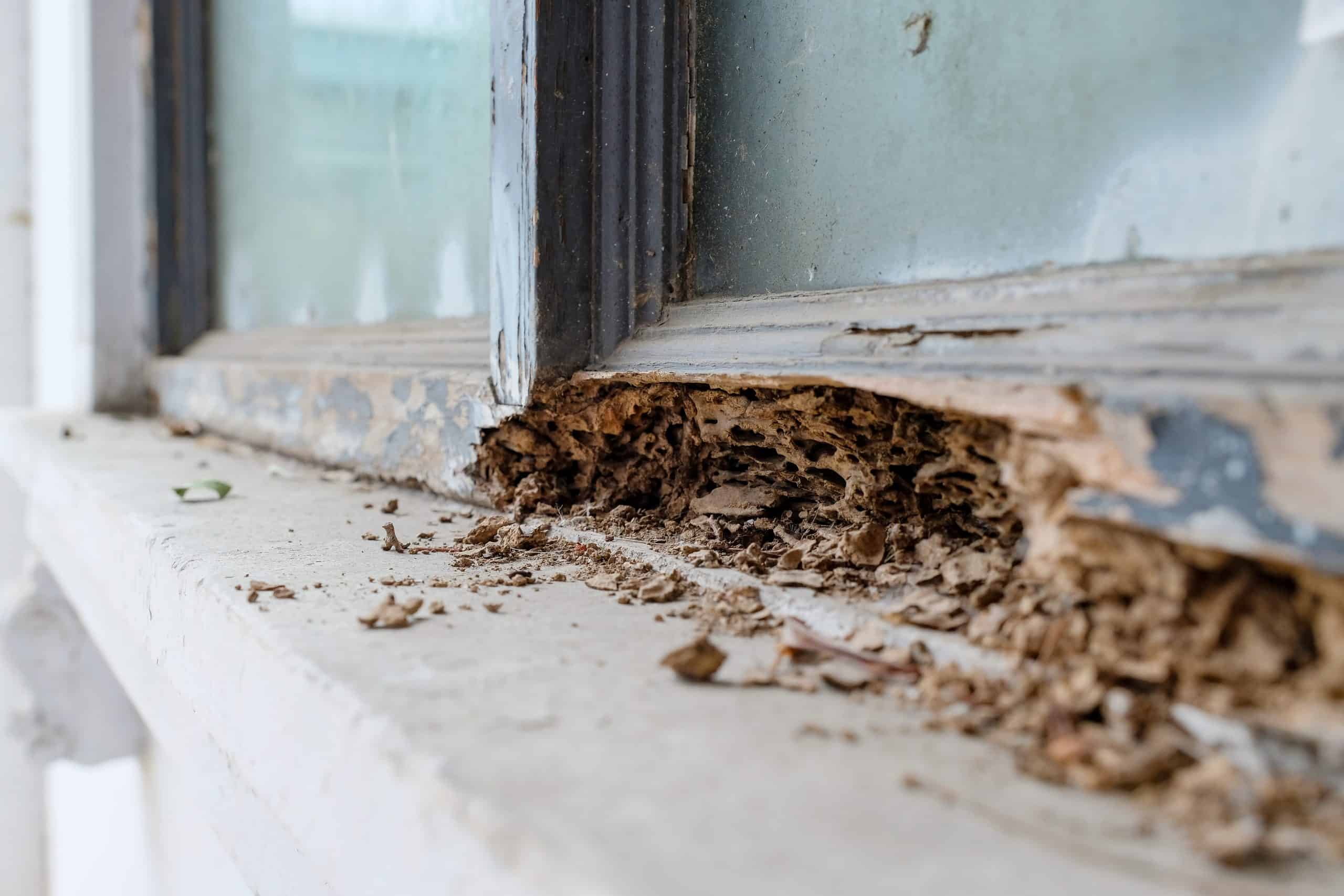

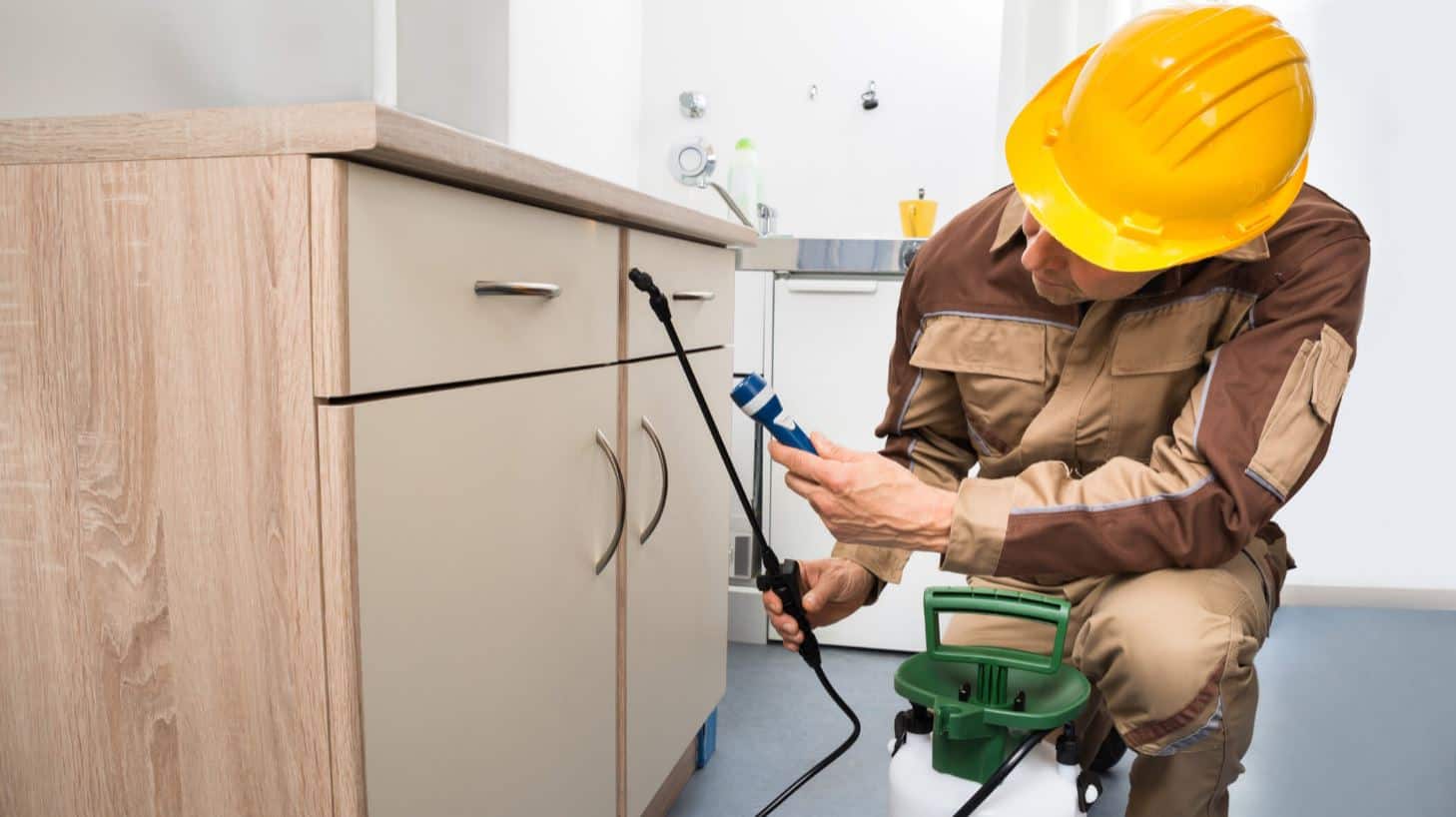


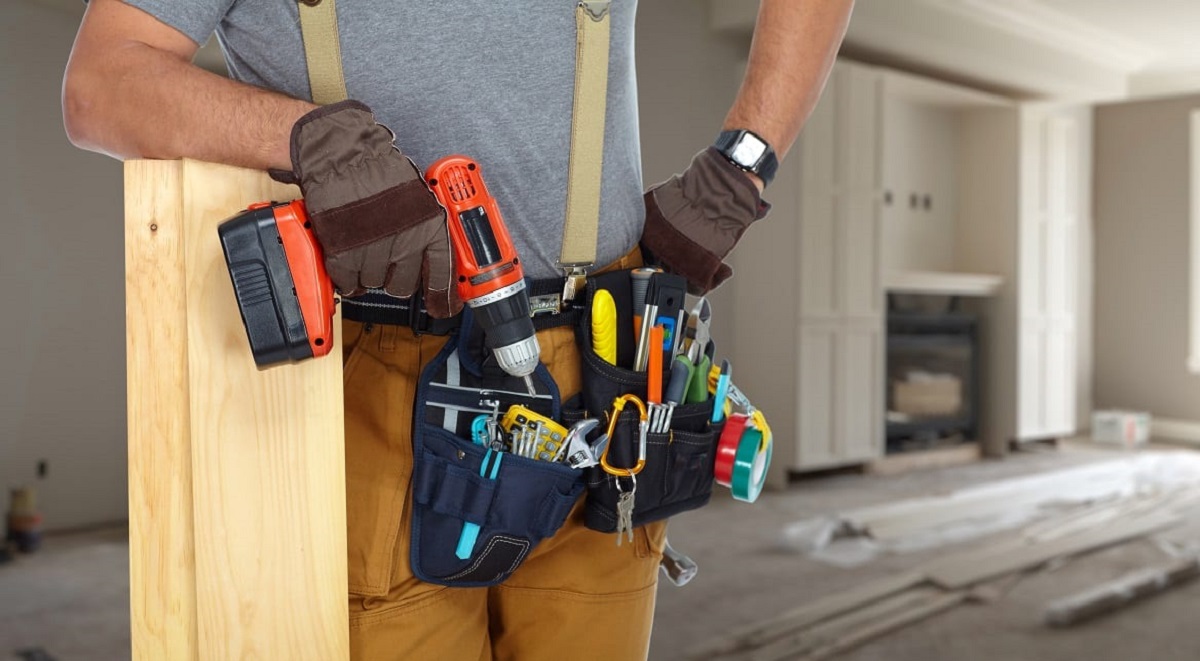

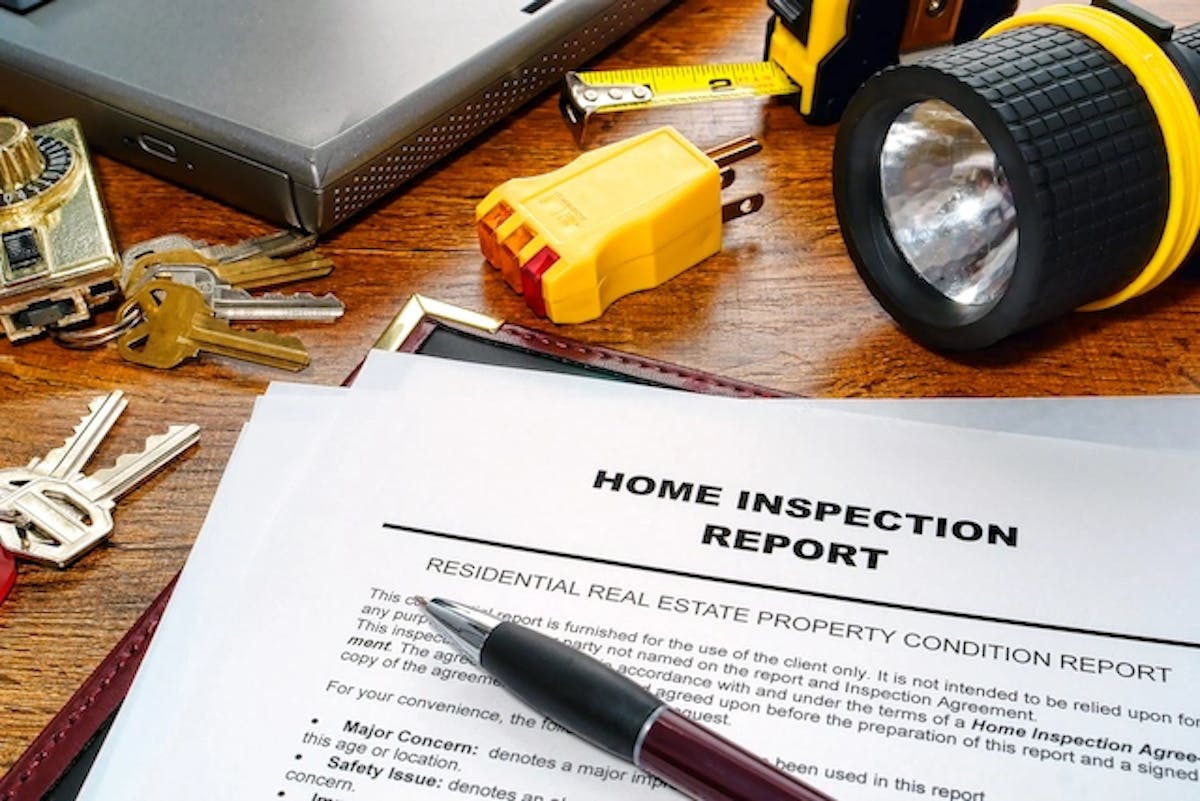
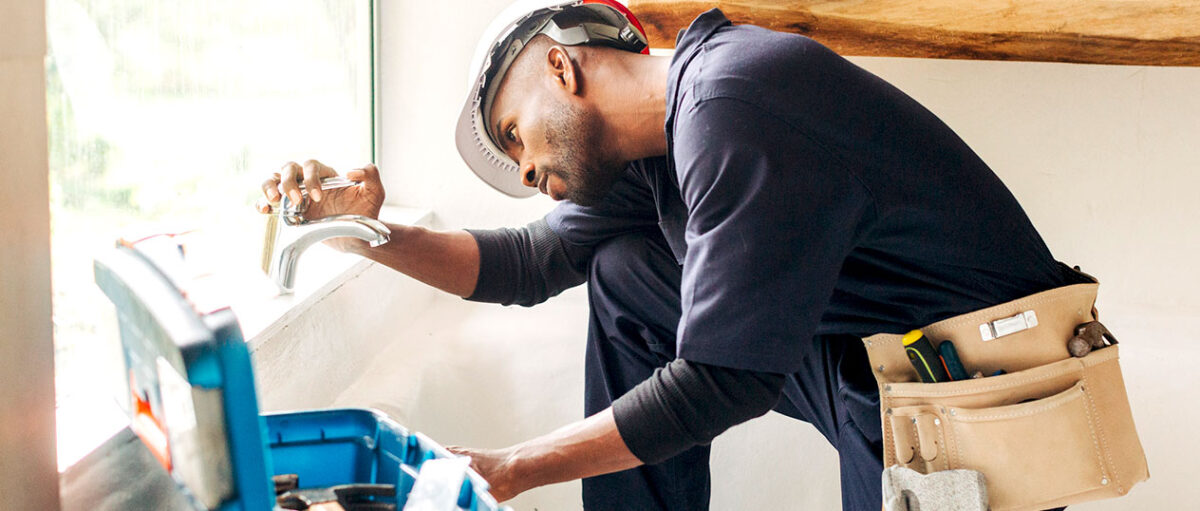




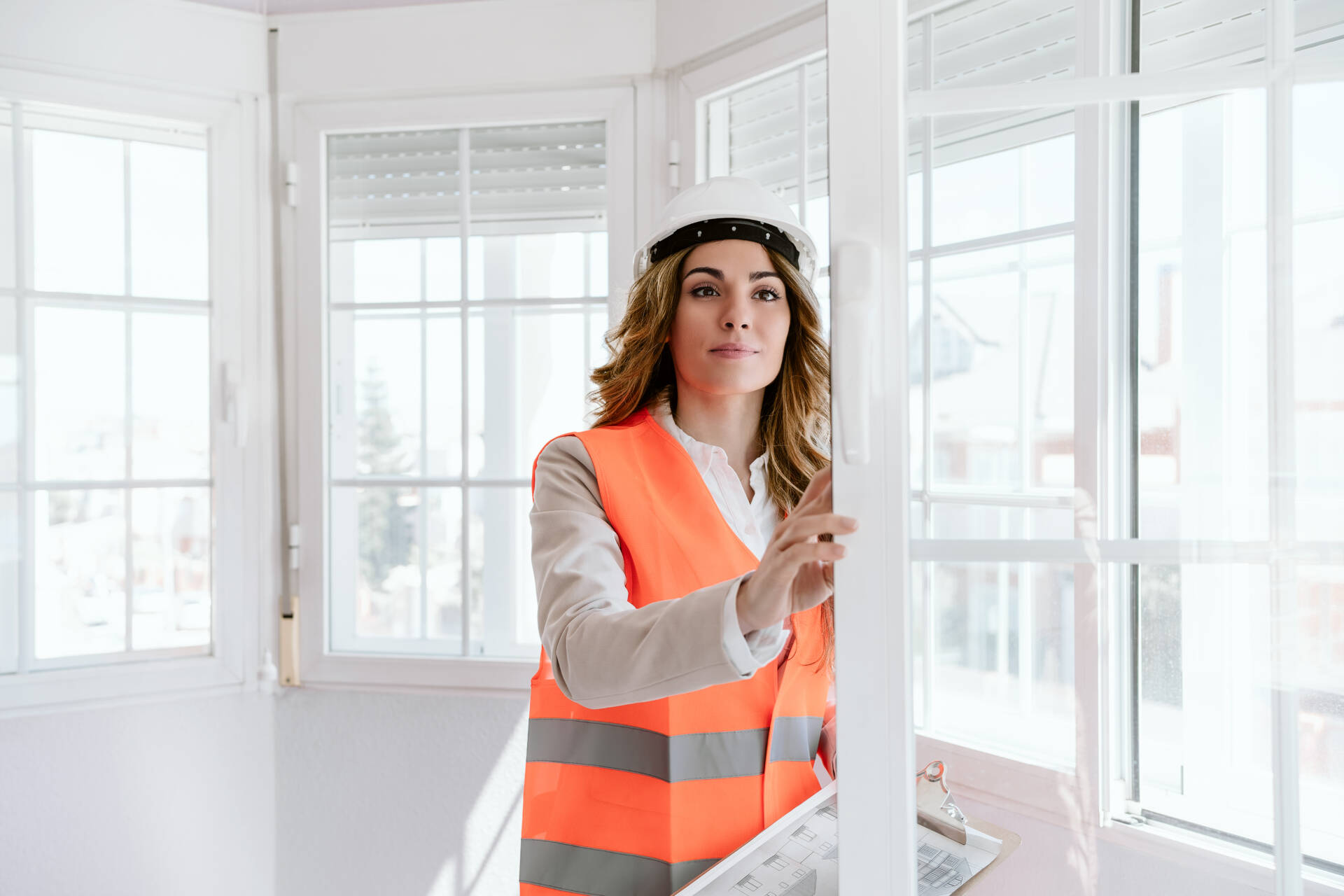

0 thoughts on “Who Pays For Mold Inspection: Buyer Or Seller?”